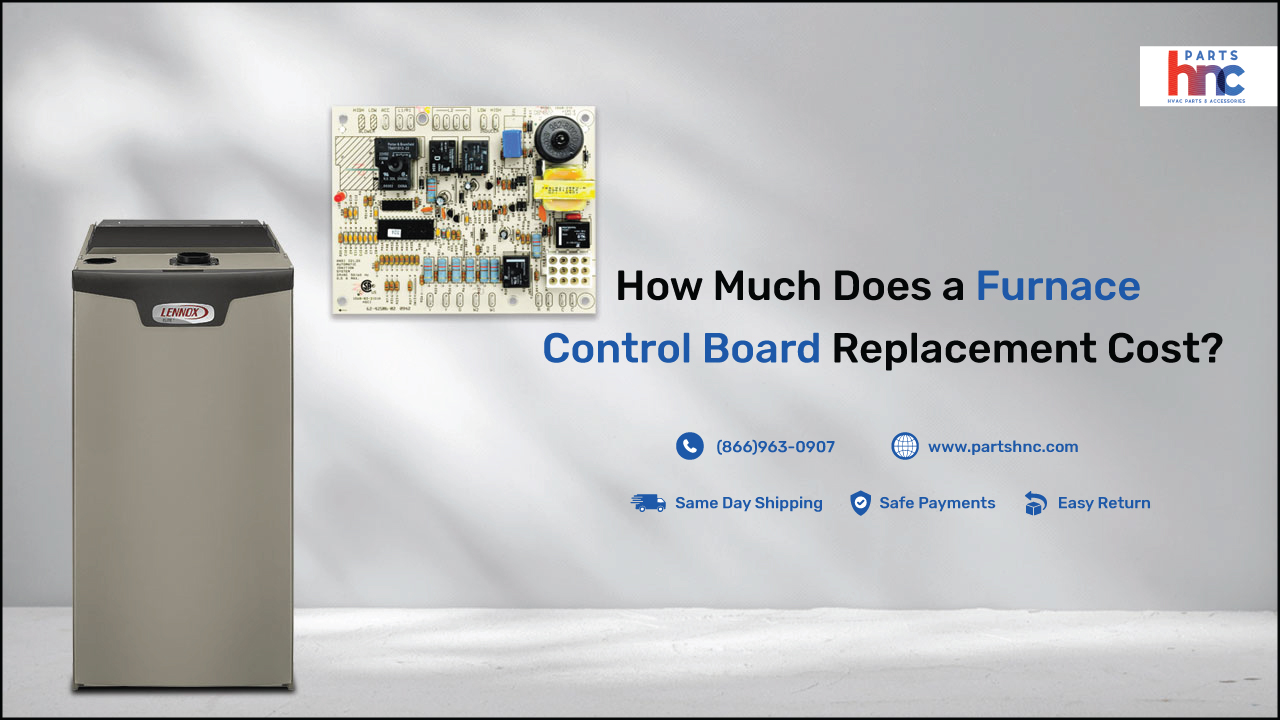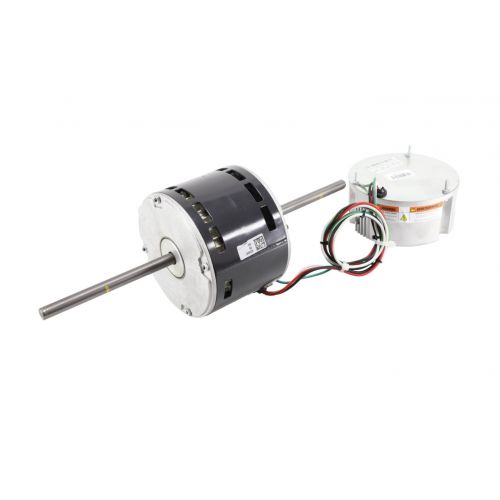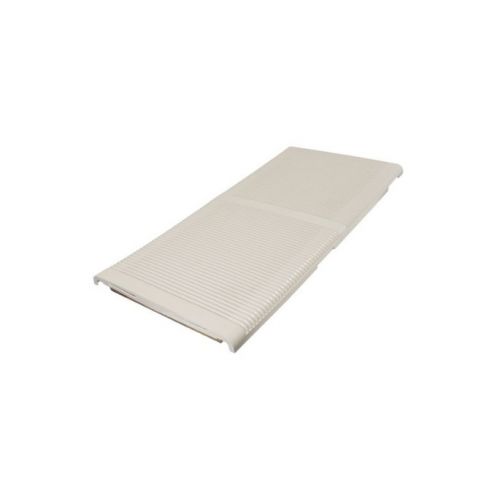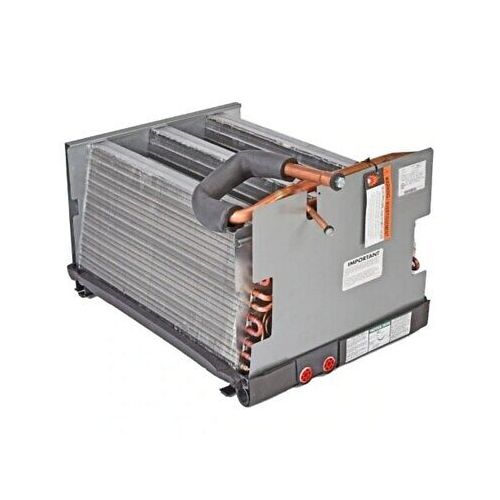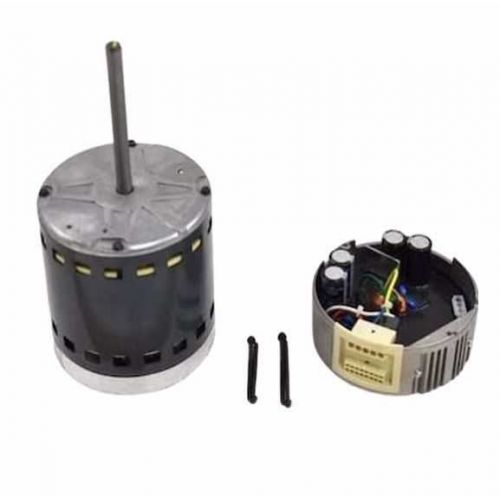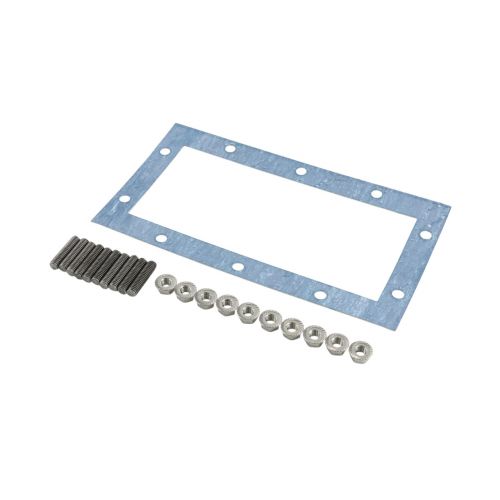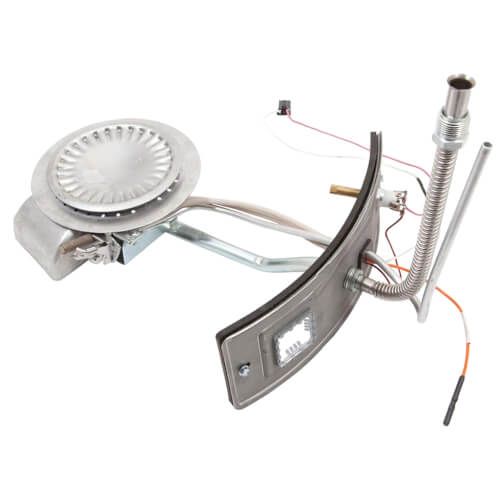How Much Does a Furnace Control Board Replacement Cost?
Ever wondered about the cost of replacing a furnace control board? As essential components in the heart of your heating system, control boards play a pivotal role in regulating and optimizing furnace functions. When faced with malfunctions or failures, the prospect of a replacement arises. In this article, we delve into the intricacies of furnace control board replacements and unravel the factors that influence their costs. From understanding the significance of these boards to deciphering the variables that impact pricing, we navigate through the realm of HVAC maintenance costs.
Table of Contents
- Do I need to replace a furnace control board?
- How to tell if a furnace control board is bad?
- What causes a furnace control board to fail?
- Furnace control board replacement cost breakdown
- DIY vs. professional furnace control board replacement
- Cost of common furnace add-ons
- How to save money on furnace control board replacement costs?
- FAQs
Do I need to replace a furnace control board?
Determining whether you need a replacement control board for furnace involves recognizing signs of malfunction. If your heating system fails to respond to thermostat adjustments, produces inconsistent heat, or exhibits frequent on-and-off cycling, a faulty control board may be the culprit. Additionally, unusual noises, error codes on the thermostat, or an unresponsive furnace could signify a malfunctioning control board. To assess the necessity of replacement, consider the following:
Erratic heating: A malfunctioning control board, often found at the heart of the furnace, functions as the circuitry orchestrating heating cycles; variations in temperature or sudden drops may signal an issue with this critical furnace circuit board, potentially affecting its capacity to sustain a consistent and comfortable indoor climate.
System cycling issues: If your furnace frequently starts and stops without reaching the desired temperature, it signals a potential problem with the control board. This cycling disruption can lead to inefficiency, higher energy consumption, and discomfort within your living space.
Thermostat communication problems: In such cases, it's crucial to inspect the circuit board for furnace, as malfunctions in this key component can disrupt the communication between the thermostat and the heating system, leading to unmet temperature preferences and error indications.
Unusual noises: Strange sounds emanating from the furnace may be indicative of a faulty control board. As a critical component in the heating system, a malfunctioning board can cause the furnace to operate abnormally, leading to noise disruptions.
Looking for furnace parts? Look no further than PartsHnC – your one-stop shop for all your heating needs. From ignitors to blower motors, we've got you covered with a wide selection of high-quality components to keep your furnace running smoothly. Explore our inventory for essential parts like flame sensors, control boards, and inducer motors, ensuring your heating system stays reliable and efficient.
How to tell if a furnace control board is bad?
Determining whether a furnace control board is malfunctioning requires keen observation of several warning signs. Here are the common signs of a bad furnace control board:
Inconsistent indoor temperature: If your thermostat is functioning correctly, yet your indoor temperature is too hot or cold, the control board may be at fault. This discrepancy in temperature regulation suggests a malfunction in the board's ability to coordinate and execute heating cycles effectively.
Blower motor interruptions: A malfunctioning control board can cause the blower motor to stop suddenly and frequently. This disruption in the motor's operation impacts the distribution of heated air throughout your home, leading to uneven heating and potential discomfort.
Flashing LED warning lights: Many modern furnaces feature control boards with diagnostic LED lights. Flashing lights, especially those indicating an error code, can be a clear sign of a problem. Consult your furnace's manual to interpret these signals accurately. A distinct smell of burnt plastic emanating from your furnace area signals the potential need for furnace circuit board replacement, and prompt action is advisable to ensure the efficient functioning of your heating system.
Burnt plastic smell: A distinct smell of burnt plastic emanating from your furnace area signals potential issues with the control board. Overheating or electrical problems may cause components on the board to emit this distinctive odor.
Burn marks on the control board: Visibly inspect the control board for burn marks or discoloration. Such marks suggest overheating or electrical damage, indicating a compromised board that may require replacement for the safe and efficient operation of your furnace.
Explore our comprehensive furnace buying guide to make informed decisions and find the ideal heating solution for your home.
What causes a furnace control board to fail?
A control board for furnace, like any electronic component, can succumb to various factors leading to failure. Some common culprits include:
Old age: Over time, the circuit board naturally degrades, and the wear and tear associated with its aging can compromise its functionality.
Blower motor failure: A malfunctioning blower motor can strain the control board, potentially causing it to fail. Regular maintenance of the blower motor is crucial to prevent such issues.
Clogged air filter: A dirty or clogged air filter forces the furnace to work harder, exerting extra stress on the control board and contributing to premature failure.
Dirt, dust, and debris: Accumulation of particles on the control board can disrupt its performance, leading to malfunctions over time.
Excess heat, moisture, and condensation: Harsh environmental conditions, including excess heat, moisture, or condensation, can compromise the integrity of the control board, causing it to fail.
Failed circuit-board connections: Weak or failed connections within the circuit board itself can lead to disruptions in its operation.
Faulty starting capacitor: A malfunctioning starting capacitor can impact the control board's ability to initiate and regulate the furnace's startup sequence.
Loose wiring: Loose or improperly connected wiring can cause electrical irregularities, jeopardizing the control board's performance.
Power surges and dips: Sudden fluctuations in power, such as surges and dips, can damage the control board over time.
Static electricity: Static electricity buildup can interfere with the control board's electronic components, leading to malfunctions.
Stuck relays and switches: Components like relays and switches, when stuck or malfunctioning, can hinder the control board's ability to function properly.
Mismatched fuse connections: Incorrectly sized or mismatched fuses can lead to electrical issues, potentially damaging the control board.
Corrosion: Corrosion of the board or its connections due to environmental factors can compromise the overall functionality of the control board. Regular inspection and preventive measures are key to extending the lifespan of the furnace control board.
Know more about How To Replace Furnace Blower Motor
Furnace control board replacement cost breakdown
When facing issues with your furnace's control board, understanding the cost breakdown is crucial for effective budgeting and decision-making. Several factors contribute to the overall furnace control board replacement cost, and being aware of these elements can help you make informed choices. Here's a comprehensive breakdown of the furnace circuit board replacement cost factors:
- Furnace inspection and diagnosing: A thorough furnace inspection and diagnosis are essential preliminary steps in the replacement process. This service typically ranges from $70 to $130, covering safety checks, performance testing, and a tune-up. Investing in a comprehensive inspection can identify underlying issues and contribute to the longevity of your furnace.
- Furnace brand and age: The brand and age of your furnace play a significant role in determining replacement costs. Original manufacturer parts often come at a higher price compared to universal alternatives. Additionally, older furnace models may require more specialized components, impacting the overall expense of the replacement.
- Furnace efficiency: The efficiency of your furnace is another cost factor to consider. High-efficiency, two-stage furnace models tend to have pricier parts and labor compared to their single-stage counterparts. While these models offer enhanced performance, they come with a higher replacement cost.
- Circuit board type: Different furnace models utilize distinct circuit board types, influencing replacement expenses:
Simple ignition control:
-
- Found in older, less-efficient furnace models.
- Generally, less expensive compared to more advanced options.
Integrated furnace control:
-
- Equipped in modern, efficient furnaces capable of handling complex tasks.
- Commands a higher cost due to increased functionality.
- Labor: Labor costs vary based on location and accessibility of the furnace. Metropolitan areas typically have higher labor rates compared to rural regions. Additionally, hard-to-reach furnace locations may require extra labor time, impacting the overall replacement cost.
- Warranty: Most furnaces come with a 5- to 10-year warranty on parts. Understanding the warranty terms is crucial, as it can influence your decision to replace the control board under warranty coverage or as an out-of-pocket expense.
Know more about How much does Furnace repair cost?
DIY vs. professional furnace control board replacement
Deciding between a DIY approach and hiring a professional for furnace board replacement involves weighing costs and expertise. DIY can save $250 to $350 in HVAC technician labor, but it comes with potential pitfalls, including voided warranties and the need for technical know-how. On the other hand, professional replacements ensure expertise, compliance with warranty terms, and accurate diagnosis of underlying issues. The choice hinges on your comfort level with technical tasks, the complexity of your furnace model, and the warranty implications, ultimately impacting the efficiency and longevity of your heating system.
Know more about How To Replace A Circuit Breaker
Cost of common furnace add-ons
Enhancing your furnace system often involves adding supplementary components to improve functionality and efficiency. Here's an overview of common furnace add-ons with rough cost estimates:
|
Add-On |
Estimated Cost Range |
|
Programmable Thermostat |
$50 - $200 |
|
Humidifier |
$150 - $500 |
|
Air Purification System |
$500 - $2,500 |
|
Zoning System |
$2,000 - $4,000 |
|
UV Germicidal Light |
$300 - $700 |
|
Smart Thermostat |
$100 - $300 |
|
Electronic Air Cleaner |
$500 - $1,500 |
|
Heat Recovery Ventilator |
$1,500 - $3,000 |
Read on: Explore our comprehensive guide to furnace repair costs for a detailed breakdown of expenses and cost-saving tips.
How to save money on furnace control board replacement costs?
Furnace control board replacements can strain your budget, but strategic decisions can help minimize expenses. Consider these cost-saving measures:
DIY approach: Undertaking the replacement yourself can save on HVAC technician labor costs, albeit with caution regarding warranties.
Comparative quotes: Obtain multiple quotes from different contractors to ensure a competitive price.
Regular maintenance: Schedule routine furnace maintenance to prolong the lifespan of the control board and identify potential issues early.
Explore warranty coverage: Investigate if the control board replacement is covered under your furnace's warranty, potentially reducing out-of-pocket costs.
Bundle services: If additional repairs or maintenance are needed, bundling services with the control board replacement may result in discounted rates.
Understanding the factors influencing furnace control board replacement costs empowers homeowners to make informed decisions. Whether opting for a DIY approach or hiring a professional, considering furnace brand, efficiency, and warranty coverage is crucial. By assessing these elements, individuals can navigate the replacement process more efficiently, ensuring a well-functioning and cost-effective heating system for the long term.
FAQs
What does a furnace control board do?
The furnace control board regulates and coordinates the operation of various furnace components, ensuring proper functioning and system efficiency.
Where is the control board on a furnace?
The control board is typically located inside the furnace cabinet, often near the blower or behind an access panel.
How long does a control board last on a furnace?
The lifespan of a furnace control board varies, but on average, it can last 15 to 20 years with proper maintenance and care.
Is it worth replacing a circuit board on a furnace?
Yes, replacing a faulty circuit board is often worth it, as it restores the proper functioning of the furnace, extending its overall lifespan and improving energy efficiency.


